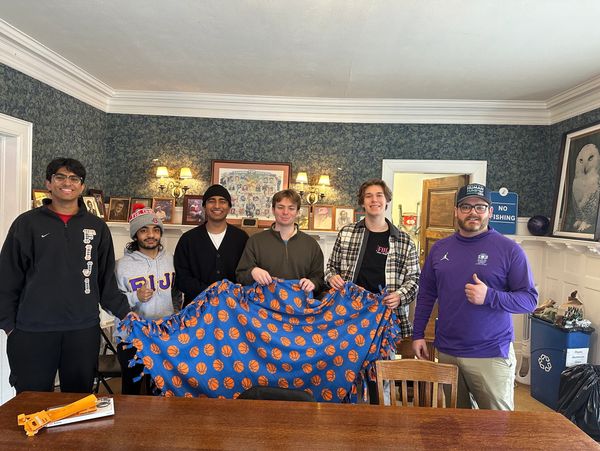Inspiration for GSP

"The Good Samaritan Law"
The idea for GSP was inspired by the hit TV show Seinfeld. In season 9, episode 23 & 24 "the gang" is arrested for not helping someone in need during a brief stop in Massachusetts. In the show there is the newly introduced law "The Good Samaritan Law" which requires bystanders to help out in such situations.

Ideology behind "The Good Samaritan"
“Good Samaritan” is a label often used to describe someone acting selflessly to benefit others, even if a total stranger.
Some may recognize that the phrase has its origin in a biblical story, one of Jesus’ parables recounted in the Book of Luke, Chapter 10. In this story, a traveler from the Samaritan community, a Middle Eastern ethnic and religious group, happens upon a man who had been robbed and beaten by the side of the road.
The injured man was ignored by two men passing by, both of whom belonged to groups who were religiously respected in Jesus’ Jewish community: a priest and a Levite, a tribe with special religious responsibilities. In contrast, the Samaritan gives first aid to the victim, places him upon his donkey, and transports him to an inn where the beaten man is housed, cared for and fed – with all his expenses paid by the Samaritan traveler..
As a professor of biblical studies who has written about Samaritans, I’ve learned that while most of my students have heard of the “good Samaritan,” fewer are aware of the social and historical realities reflected in the story – much less that the Samaritan community still exists today.
– Terry Giles is a Professor of Theology at Gannon University in Erie, Pennsylvania.

Why I Started GSP
Instagram

WELCOME to GSP!
Home of the Breakfast Ball Invitational!
Please proceed to our "Helping Hands" page to support Baby Boy Ace!